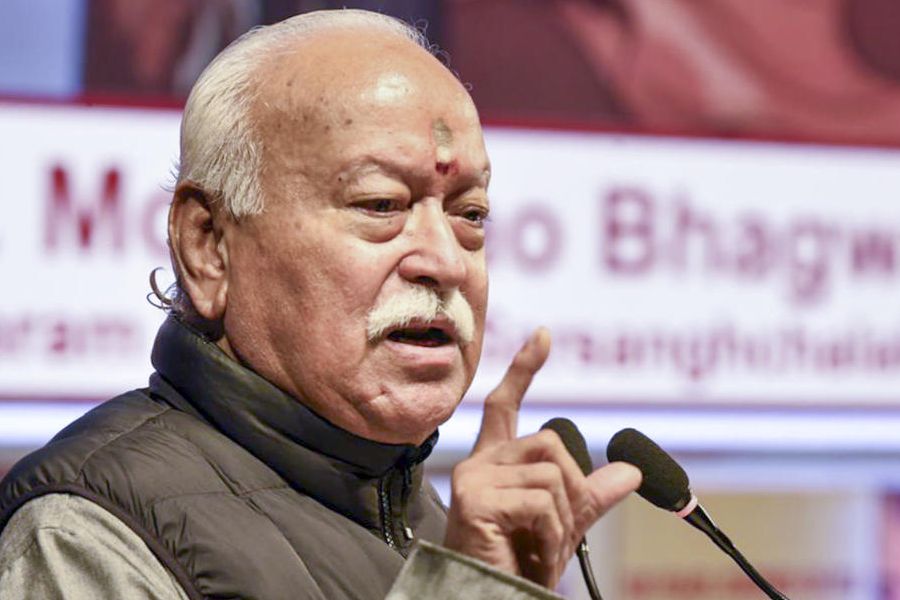Most of Nepal is under lockdown, its hospitals overwhelmed.
As India battles a horrific surge of the coronavirus, the effects have spilled over to its neighbours. Most nearby countries have sealed their borders. Several that had been counting on Indian-made vaccines are pleading with China and Russia instead.
The question is whether that will be enough in a region that shares many of the risk factors that made India so vulnerable: densely populated cities, heavy air pollution, fragile healthcare systems and large populations of poor workers who must weigh the threat of the virus against the possibility of starvation.
Though the countries’ outbreaks can’t all be linked to India, officials across the region have expressed growing dread over how easily their fates could follow that of their neighbour.
“I feel like it’s a world war situation,” said Rajan Pandey, a physician in Banke, a Nepalese district along the India border, who said he was turning away 30 patients asking for hospital beds every day.
“If lockdown was enforced two weeks ago, borders were closed and migrant workers returning from India were quarantined better, this situation could have been avoided,” he said.
As is, he added, “we are still waiting for the worst.”
Nepal shows most clearly how the crisis has rippled. After an initial wave last year, cases in the Himalayan nation of 30 million had plunged by January. Residents gathered for Nepalese New Year celebrations last month, and hundreds of thousands of migrant workers returned to India, where they go each year in search of jobs.
But as the new surge began raging across India, many of those workers returned across the porous, 1,770km border. With them came the virus.
In the border district of Kanchanpur, more than 1,500 Nepalis come back from India each day. About one-fifth of them test positive, said Ram Kumar Mahato, the chief district officer there.
In Banke, as many as 9,000 workers returned last week, said Rajesh Saru Magar, a Unicef worker. Only about 20 per cent are being tested because of a lack of capacity, Magar said. Of those, 30 per cent were positive.
Yet even now, Nepal’s government has closed only 22 of its 35 border checkpoints, a decision that officials have said is necessary to ensure that citizens can return. Until late April, Nepal also allowed passengers from India to transit through the capital, Kathmandu, a possible loophole for those seeking to get around other countries’ bans on travel from India.
Now, Nepal is recording as many as 9,000 infections per day, with more than 40 per cent of tests coming back positive. More than 4,200 people had died by Wednesday evening. Experts say the cases are likely being undercounted.
Still, imported cases are not the only reason for the crisis engulfing Nepal.
As in India, the government did not expand health facilities when coronavirus cases appeared to be under control last year, and it was slow to enforce social distancing restrictions when it became clear that they were not.
Critics have pointed to huge, maskless rallies in India hosted by Prime Minister Narendra Modi even as infections rose. Likewise, both the ruling and Opposition parties in Nepal held large political gatherings after the Prime Minister dissolved Parliament in December.
“Because of this, the virus reached every corner of the country,” said Krishna Prasad Paudel, the director of the epidemiology and disease control division at Nepal’s health ministry.
Prime Minister K.P. Sharma Oli told CNN on Saturday that Nepal’s situation was “under control” but acknowledged that “political instability” had led to “some mistakes”.
On Monday night, Oli lost a vote of no confidence in Parliament.
Aid workers have warned that the parallels between Nepal and India may continue, as hospitals turn all but the most critically ill patients away. With medical oxygen supplies running short, as they did in India, Nepal’s government has imposed quotas for each hospital, which doctors say are far from adequate. Reports of patients dying from insufficient oxygen have spread.
“What is happening in India right now is a horrifying preview of Nepal’s future if
we cannot contain this latest Covid surge,” Dr Netra Prasad Timsina, the chairwoman of the Nepal Red Cross, said in a statement last week.
Vaccines are unlikely to help immediately. Nepal paid for 2 million doses from India’s Serum Institute. But as India’s crisis has escalated, its government has essentially halted exports, leaving Nepal 1 million doses short.
In Nepal, as staggering as the new numbers are, experts have said the surge will likely take more than a month to peak. Nepal’s healthcare system is even more strained than India’s; when the government released its coronavirus response plan last May, it
estimated that local facilities would be insufficient if there were more than 5,000 active cases at once. Now there are more than 100,000.
New York Times News Service











